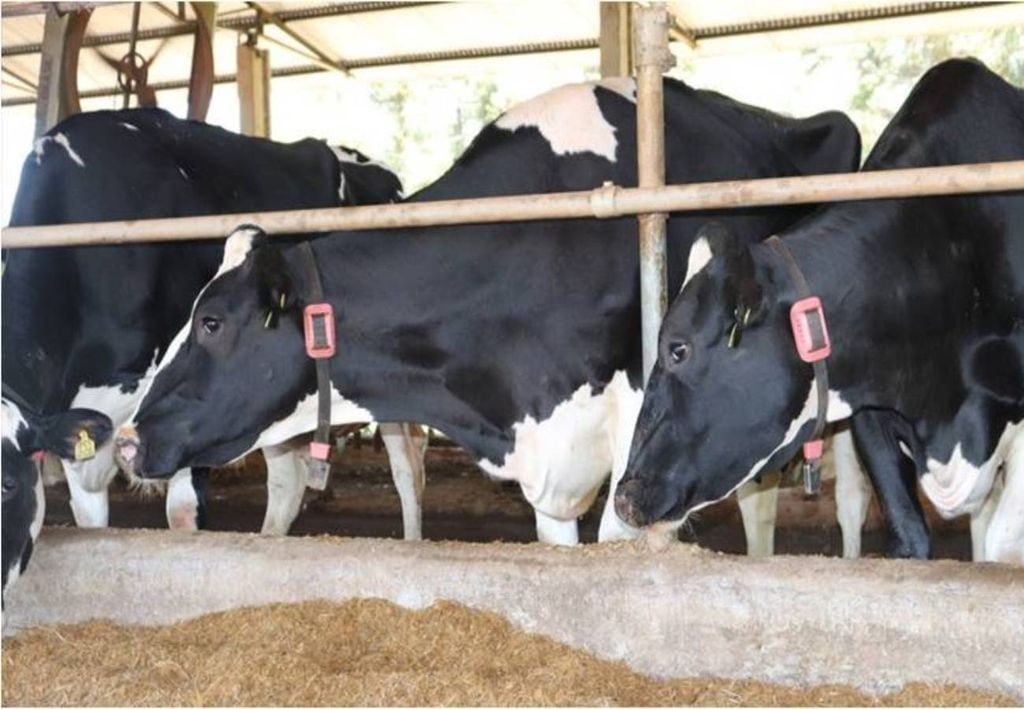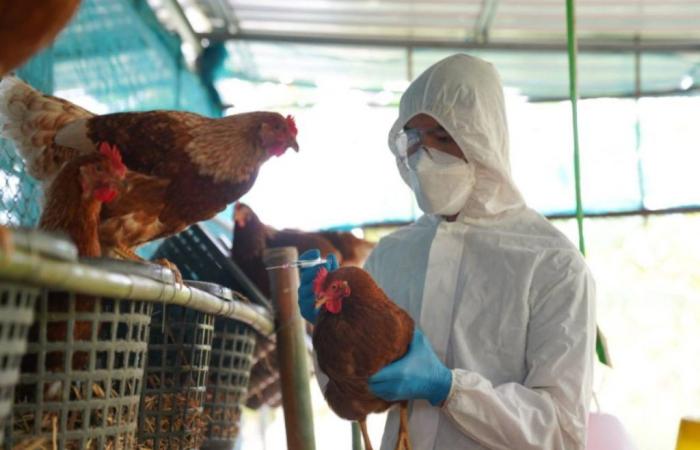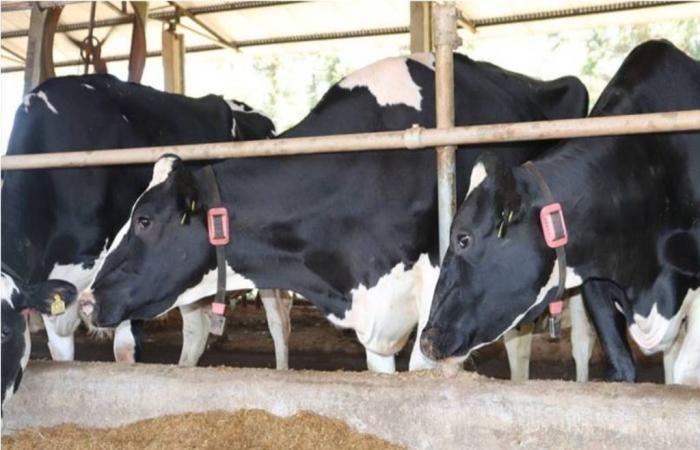Several lethal diseases that have struck humanity over time have come from animal pathogens to humans. One example is the HIV virus cause of AIDS (Acquired immunodeficiency syndrome), which came from chimpanzees. Another example is the ebola virus which caused an outbreak in 2013 in West Africa, originating from bats. And many experts believe that the virus that caused the coronavirus pandemic Covid-19 in 2020 it came from the bats.
There are 850,000 viruses that can cause new pandemics

Now, a new study recently published in the journal Nature Ecology & Evolution shows us that this is not a one-way street. In it, the researchers showed that the diseases we transmit to animals end up being more prevalent and harmful than those they transmit to us.
Viral transmissions from humans to animals and vice versa
The research, carried out by scientists at University College London (UCL), in London (England), analyzed approximately 60 thousand viral genome sequences – i.e. your genetic information – currently available in public databases. From this information, they were able to reconstruct the evolutionary history of several viruses, as well as track host transfer in 32 viral familieswhich represent 3 thousand diseases that affect multiple species.
The researchers observed that almost twice as many cases of human-to-animal viral transmission were from humans to other animals (64% of total illnesses), while only 36% went from animals to humans. Furthermore, cases of virus transmission from animal to animal, without human participation, were the most identified (79% of the viruses studied).
Viruses transmitted by animal hosts are known as viral zoonoses, which are some of the main infectious diseases currently circulating in the world. Human infections, in which humans are the only host, are called anthroponoses.
The study also revealed that the host transfers are associated with greater genetic mutation of viruses – which exposes the need for the viral microorganism to adapt to reach increasingly new hosts. Viruses that have already infected several animals showed fewer signs of genetic changes, indicating a certain natural ease in infecting new species.
Dengue: the mosquito-borne disease has worried the country and you can help prevent it

“When the animals catch viruses from humansnot only can this harm them and potentially represent a threat to the conservation of its speciesas it can also cause public health problemsaffecting food security if large quantities of livestock need to be slaughtered to prevent an epidemic, as has been the case in recent years with the H5N1 strain of bird flu,” said Cedric CS Tan, lead author of the study.
The affected animal species
People and animals are hosts to countless microbes that can jump to another species through close contact. The study noted viral transmissions involving all vertebrate groups: mammals, birds, reptiles, amphibians and fish. “You viruses can jump between different species by the same modes of transmission that apply to humans, including direct contact with infected fluids or bites from other speciesamong others,” said Tan.
Humans have transmitted the coronavirus to 132 types of animals. The flu was also passed on to at least 37 animal species.
You animals affected by human transmission include pets, such as cats It is dogs; domesticated animals, such as pigs, horsescattle, chickens, Ducks; primates, such as chimpanzees, gorillas, monkeys; and wild animals such as raccoons and black-tufted marmosets. Wild animals are much more likely to experience human-to-animal transmission than vice versa.

However, the Zoonosis (animal-human) has been the main concern regarding dangerous emerging infectious diseases. According to the study, the The biggest current threat is probably the H5N1 bird flu, which is circulating in wild birds. “The main reason recent host jumps are so dangerous is that the host species population has no pre-existing immunity to the new disease, so it can circulate in a worrying way in humans,” said François Balloux, co-author of the study.
Global concern about the worst bird flu crisis in history

Ultimately, Tan says that “understanding how and why viruses evolve to spread across different hosts can help us discover how new viral diseases emerge in humans and animals”.
News reference:
Tan, CCS; Van Dorp, L.; Balloux, F. The evolutionary drivers and correlates of viral host jumps. Nature Ecology & Evolution2024.







